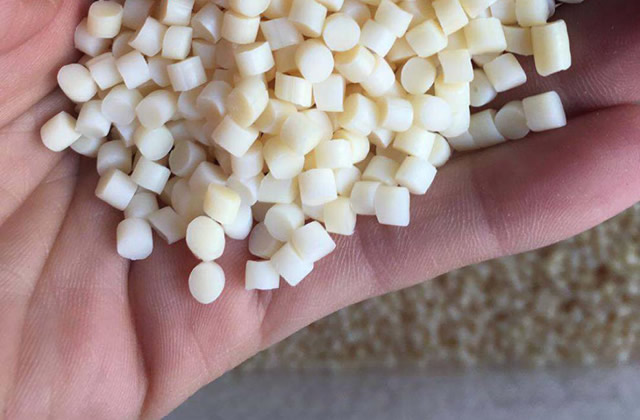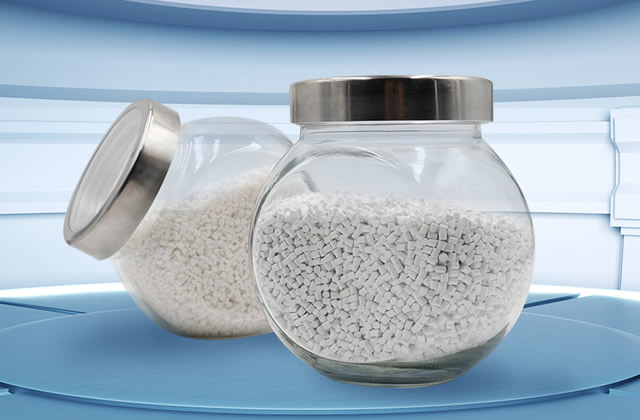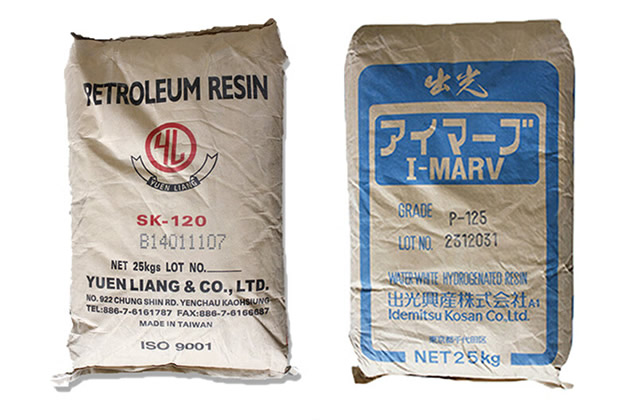1. What is the role of water-reducing agent on concrete?
During concrete construction, water-reducing agent will be added to it. The function of water-reducing agent is to reduce the concrete to The amount of water required for a certain slump requires less water to achieve the required slump. For concrete, water reducing agents have four main functions:
1. Lubricating effect
The polar hydrophilic groups in the superplasticizer are directionally adsorbed on the surface of cement particles and can easily associate with water molecules in the form of hydrogen bonds. The force of this hydrogen bond association is much greater than the molecular attraction between water molecules and cement particles. When the cement particles absorb enough water-reducing agent, with the help of the hydrogen bond association between R-SO3θ and water molecules, coupled with the hydrogen bond association between water molecules, a stable layer of solvation layer is formed on the surface of the cement particles. Water film, this film plays a three-dimensional protective role, prevents direct contact between cement particles, and acts as a lubrication between particles.

2. Wetting effect
After the cement is mixed with water , the particle surface is wetted by water, and its wettability has a great impact on the performance of fresh commercial concrete. When this type of diffuse wetting occurs naturally, the amount of surface free energy reduction can be calculated by the equation proposed by Glbbs.
3. Water-reducing effect
After adding water-reducing agent to commercial concrete, it can significantly reduce the water-cement ratio while maintaining fluidity. . The water reducing rate of energy water reducing agent can reach 10% to 25%, while the water reducing rate of ordinary water reducing agent is 5% to 15%, hence the name of water reducing agent. The reason for the water-reducing effect is mainly due to the adsorption and dispersion of water-reducing agent by commercial concrete.
4. Plasticization
After adding water-reducing agent to commercial concrete, the fluidity can be increased while keeping the water-cement ratio unchanged. . General water-reducing agents can increase the slump of fresh commercial concrete by more than 10cm while keeping the cement dosage unchanged. Energy-reducing water-reducing agents can prepare commercial concrete with a slump of 25cm.
2. Is it possible to add no water-reducing agent to concrete?
Yes.
Water-reducing agent is a kind of concrete admixture. Concrete can be formed without it, but the effect is not as good as that of the same strength level. Concrete without adding water-reducing agent is denser.The solidity will be relatively low, and the anti-permeability will be correspondingly lower than that with water-reducing agent. With the advancement of technology, water-reducing admixture has become the fifth essential material for concrete in addition to cement, coarse and fine aggregates, admixtures and water.
Under normal circumstances, if the construction project involves mixing concrete on site, water-reducing agents are rarely added unless there are special needs, except for high-rise buildings; if commercial mixing is used, water-reducing agents are usually added.
If the website content violates your rights, please contact us to delete it。








